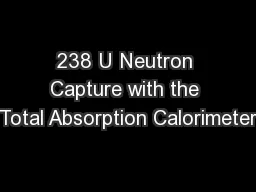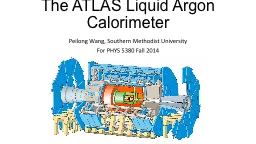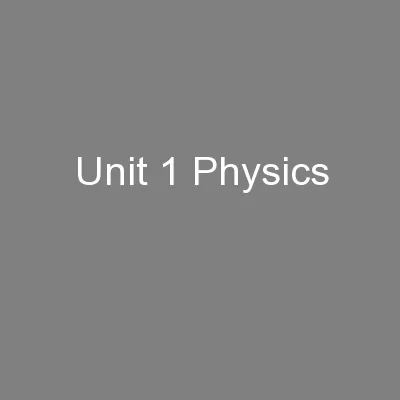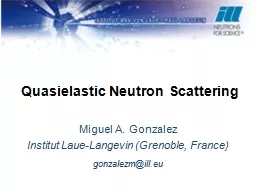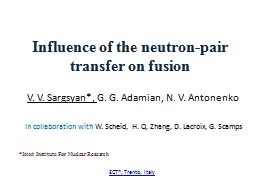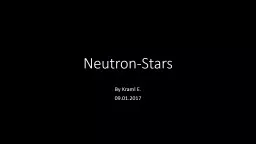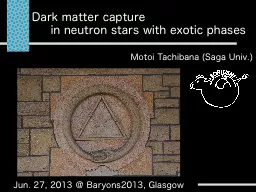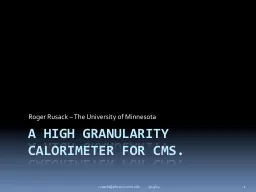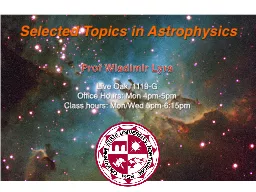PPT-238 U Neutron Capture with the Total Absorption Calorimeter
Author : jane-oiler | Published Date : 2016-11-19
Toby Wright University Of Manchester Outline Introduction Background contributions Pile up effect Neutron scattering correction Resonance analysis Kernel comparison
Presentation Embed Code
Download Presentation
Download Presentation The PPT/PDF document "238 U Neutron Capture with the Total Abs..." is the property of its rightful owner. Permission is granted to download and print the materials on this website for personal, non-commercial use only, and to display it on your personal computer provided you do not modify the materials and that you retain all copyright notices contained in the materials. By downloading content from our website, you accept the terms of this agreement.
238 U Neutron Capture with the Total Absorption Calorimeter: Transcript
Download Rules Of Document
"238 U Neutron Capture with the Total Absorption Calorimeter"The content belongs to its owner. You may download and print it for personal use, without modification, and keep all copyright notices. By downloading, you agree to these terms.
Related Documents

